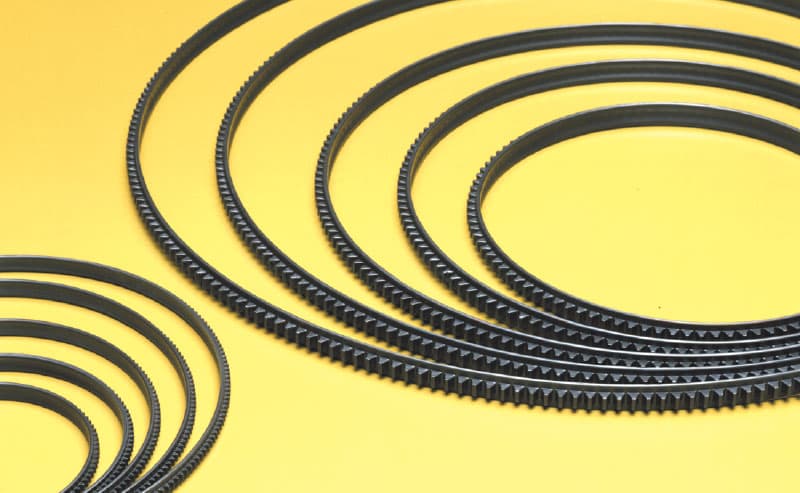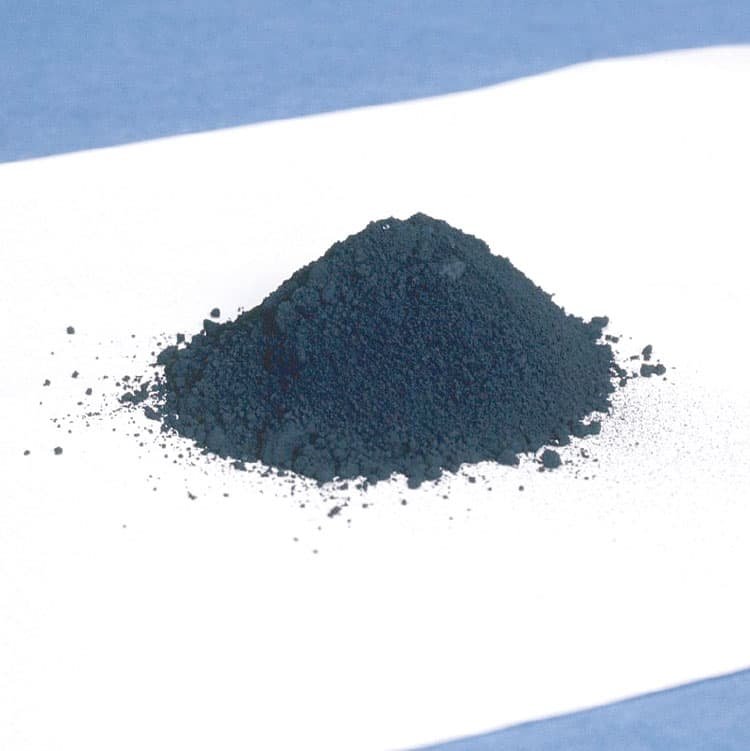Adding Powders to Sliding Parts
Improves the Wear Resistance of Materials.
OVERVIEW
- Crushed and dressed ores including molybdenum disulfide (MoS2), have their impurities removed and are granulated into fine powders.
- To be added to materials (sintered metal, brake, friction material, plastic, rubber, etc.), with the aim of improving wear resistance, stabilizing coefficient of friction, etc.
-

To be added to plastic toothed belts.
Typical Characteristics
of Molybdenum Disulfide
| Chemical Formula | Appearance | Mohs Hardness | Density | Coefficient of Friction |
Load Carrying Capacity |
Approximate Operating Temperature Range |
Chemical Resistance |
|---|---|---|---|---|---|---|---|
| MoS2 | Soft and fine dark-gray powders | 1 | 4.8g/cm3 | 0.04 | 784MPa | −75℃〜+400℃ | High (not affected by anything other than hot sulfuric acid, hot nitric acid, or aqua regia) |
LINE UP
Standard
Moly Powder PA
| Mean Diameter (Laser Diffraction) μm |
Description | NET, Packing Unit, Code |
|---|---|---|
| 5.2 | Finely powdered molybdenum disulfide. Ideal for blending into materials to enhance wear resistance and stabilize the coefficient of friction. |
2kg×2 (Code: 400071) 15kg (Code: 400074) |
